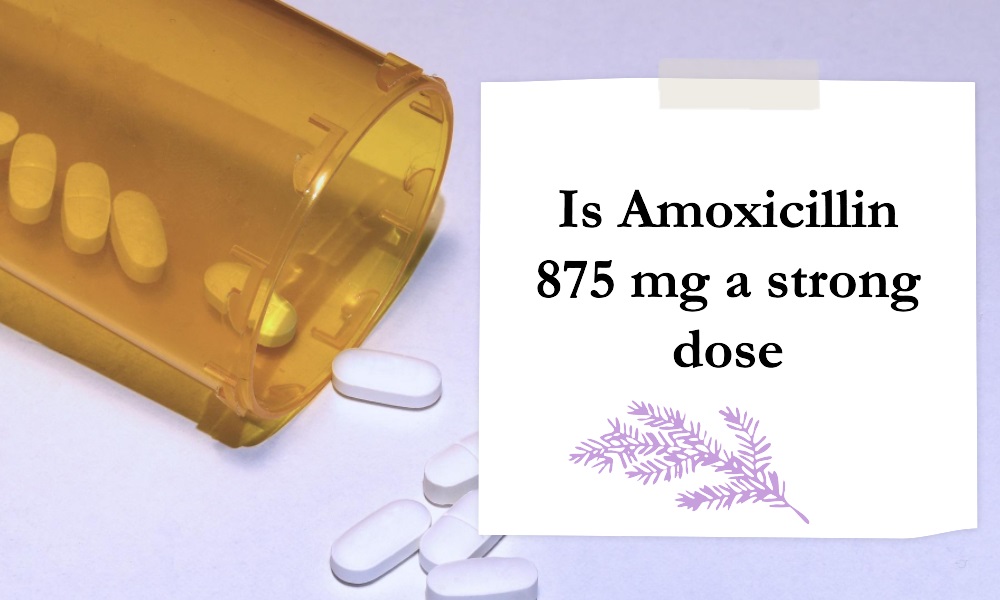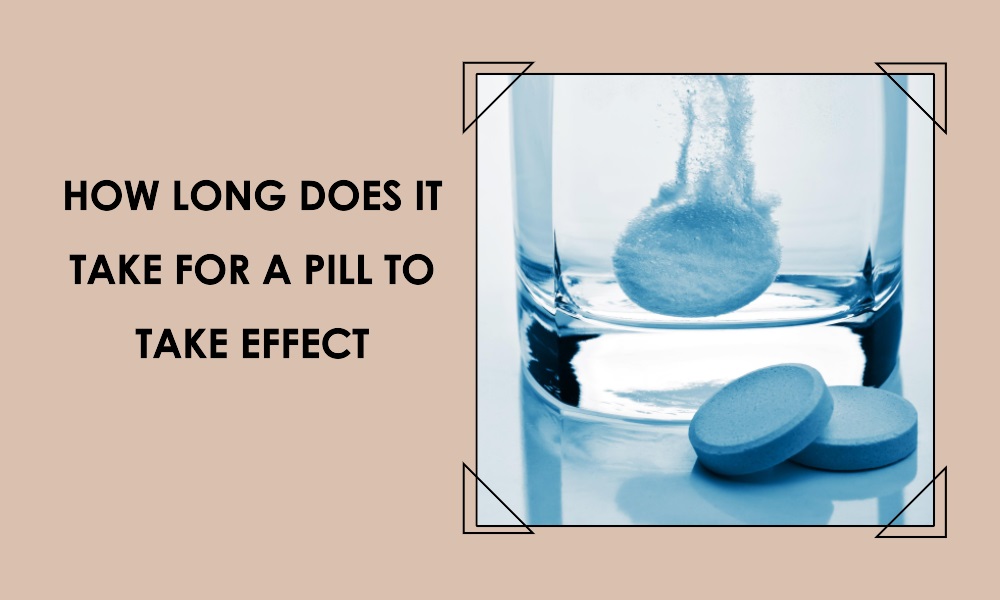Antibiotics, such as amoxicillin, play a pivotal role in fighting bacterial infections. However, the correct dosage is vital to ensure both effectiveness and safety. A common prescription strength, 875 mg of amoxicillin, often raises questions regarding its potency. This article delves into understanding the strength and application of this dosage.
Understanding Amoxicillin
Amoxicillin is a penicillin antibiotic that combats bacteria. It’s often prescribed for infections like pneumonia, bronchitis, tonsillitis, and certain types of ulcers. How it’s dosed depends on the type and severity of the infection, the patient’s age, and other health considerations.
Why 875 mg?
The 875 mg dose typically comes in the form of a tablet and is often prescribed to be taken twice daily. But why this specific dosage?
1. Broad-Spectrum Use: This dosage covers a wide range of infections. By using a somewhat higher dosage, physicians can ensure effectiveness against a broader spectrum of bacteria.
2. Adult Patients: 875 mg is frequently directed towards adult patients or those with severe infections where a higher dose might be necessary for optimal therapeutic effects.
3. Pharmacokinetics: The body’s absorption, distribution, metabolism, and excretion of amoxicillin justify the dosage strengths prescribed. The 875 mg dose ensures adequate levels in the bloodstream to fight infections effectively.
Comparing Doses
Amoxicillin doses can range from 250 mg for children or mild infections to 875 mg for adults or severe infections. Hence, in the spectrum of available doses, 875 mg is on the higher end. But that doesn’t necessarily mean it’s “strong” in a way that should cause concern—it’s merely appropriate for certain conditions and patient populations.
Side Effects and Considerations
With a higher dose, there’s often a heightened curiosity about potential side effects. Common side effects include:
- Upset stomach or diarrhea
- Skin rash
- Headache
- Nausea
If any severe side effects occur, such as difficulty breathing, severe rashes, or persistent vomiting, seek medical attention promptly.
Patient Adherence
When prescribed the 875 mg dosage, patient adherence to the full course of treatment is crucial. Even if symptoms improve, discontinuing the antibiotic prematurely can lead to antibiotic resistance, making future infections harder to treat.
FAQs about Amoxicillin 875 mg
- Is 875 mg the highest dose available for amoxicillin? No, but it’s one of the commonly prescribed higher doses. There are formulations that may reach up to 1000 mg, often combined with other drugs like clavulanic acid.
- Can I take 875 mg of amoxicillin if I’m allergic to penicillin? Amoxicillin is a penicillin antibiotic. If you have a known allergy to penicillin, you should not take amoxicillin unless guided by a physician.
- How long do I need to take this dosage? The duration varies depending on the infection type and severity. Always follow your physician’s guidance.
- Is it safe for pregnant or breastfeeding mothers? While generally considered safe, always consult with a healthcare professional to ensure the safety of both the mother and the child.
- What should I do if I miss a dose? If you miss a dose, take it as soon as you remember. However, if it’s close to the time for your next dose, skip the missed dose and return to your regular schedule. Avoid doubling up on doses.
In Conclusion
The 875 mg dosage of amoxicillin is a higher-end dose commonly prescribed for adults or severe infections. Like any medication, understanding its purpose, potential side effects, and importance of adherence is key. As always, direct any questions or concerns to a healthcare professional to ensure optimal treatment outcomes.











